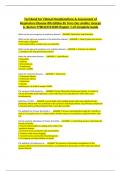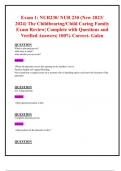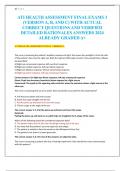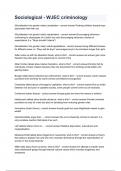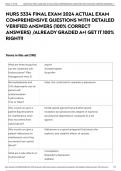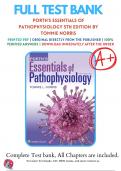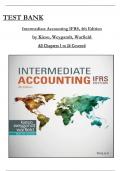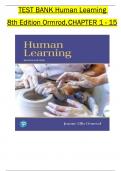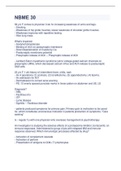Exam (elaborations)
Clinical Manifestations & Assessment of Respiratory Disease 8th Edition By Terry Des Jardins; George G. Burton 9780323553698 Chapter 1-45 Complete Guide
- Course
- Institution
- Book
Clinical Manifestations & Assessment of Respiratory Disease 8th Edition By Terry Des Jardins; George G. Burton 9780323553698 Chapter 1-45 Complete Guide
[Show more]
